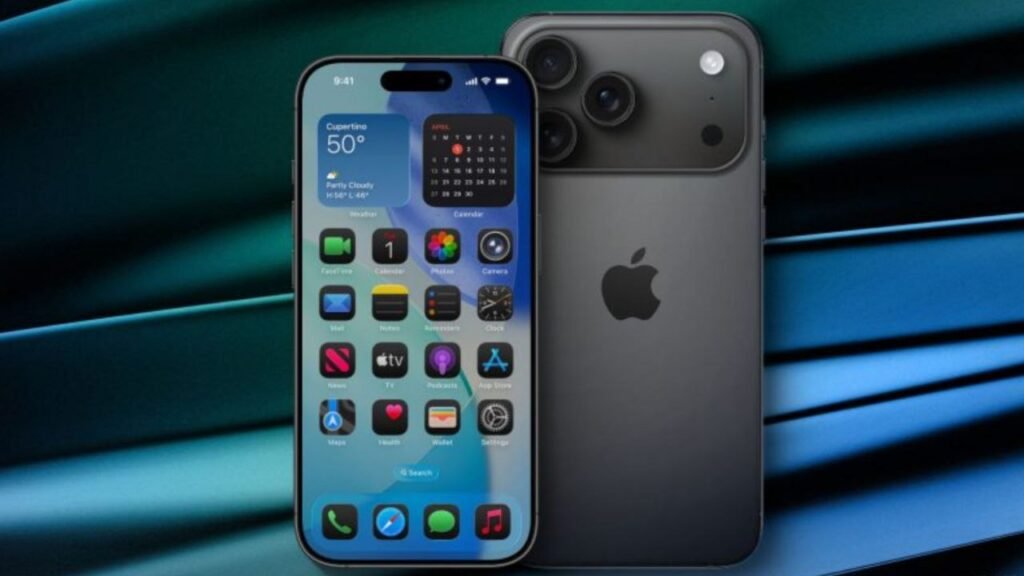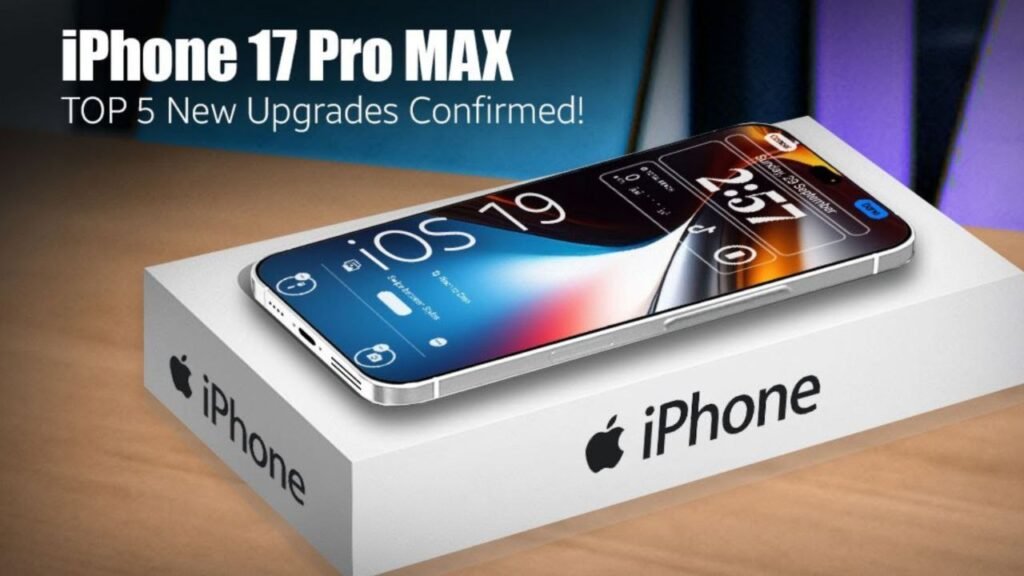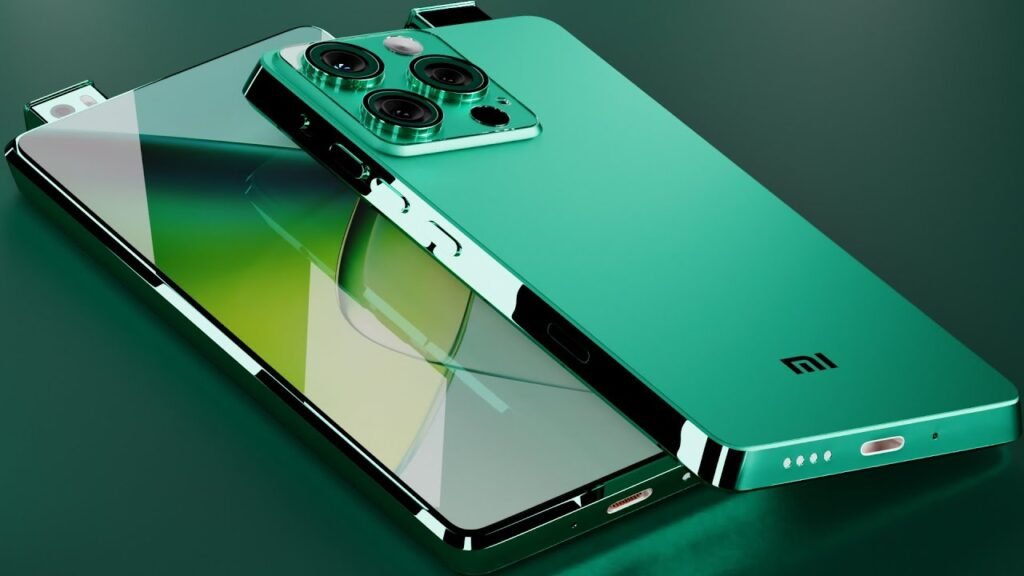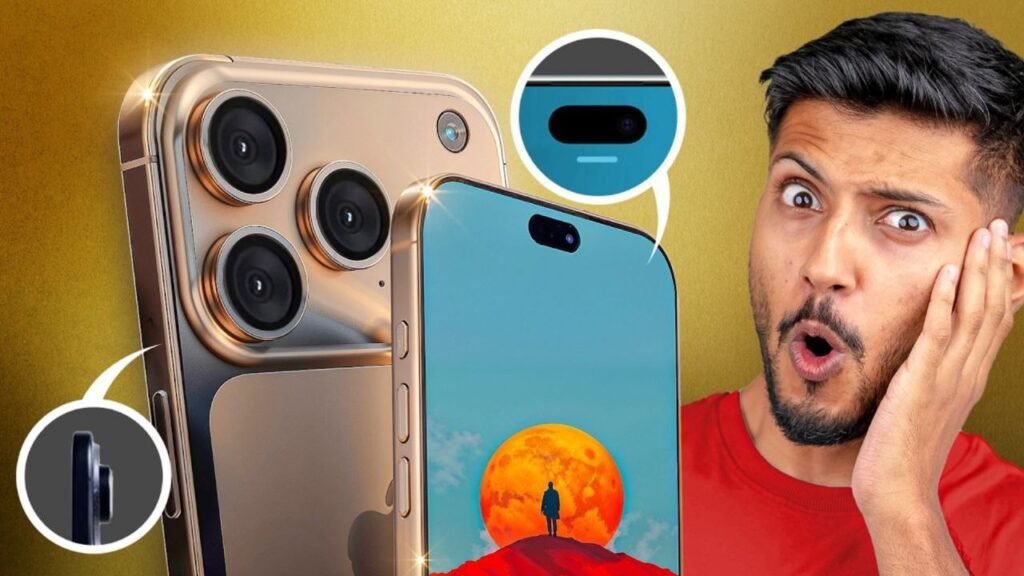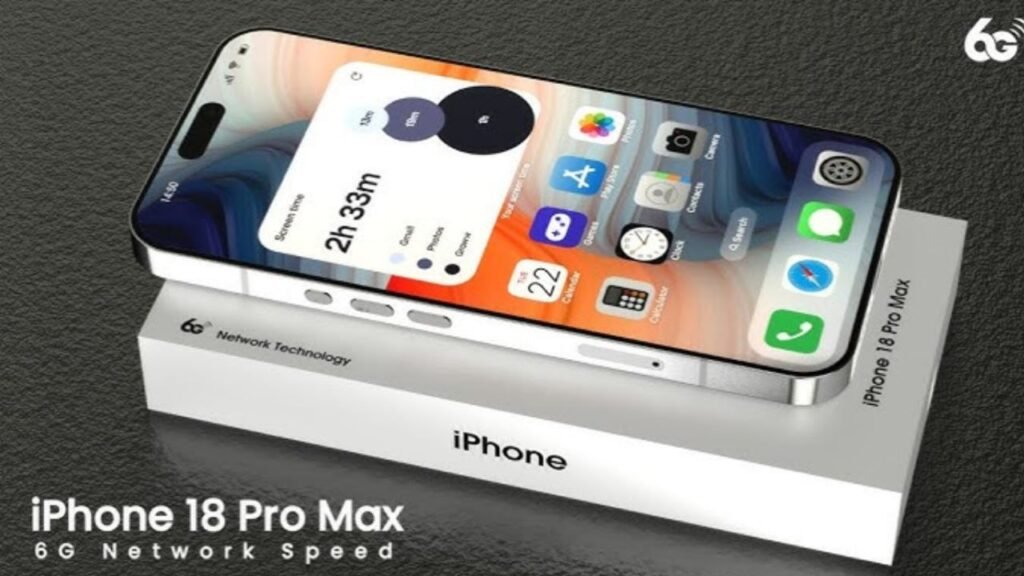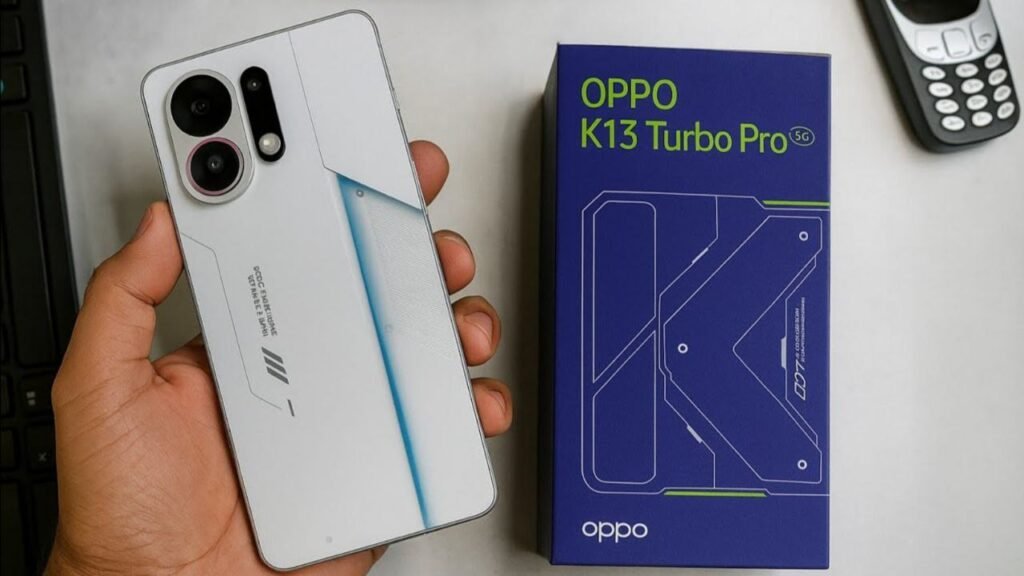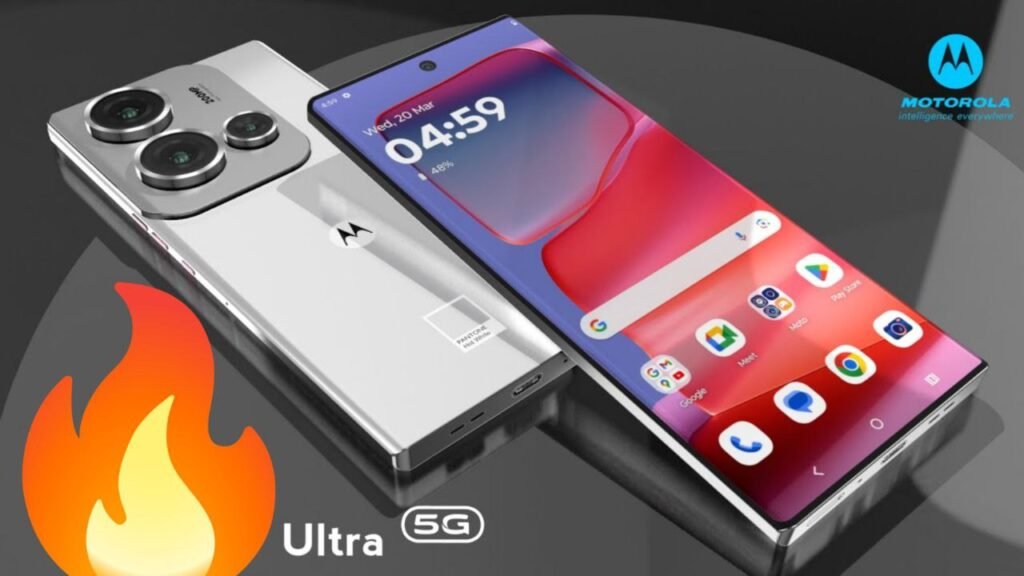Apple is gearing up to surprise users once again with the upcoming iPhone 17, set to launch in 2026. While every iPhone release brings evolutionary upgrades, the iPhone 17 appears to be more than just a yearly refresh—it could mark a pivotal shift in Apple’s hardware strategy. Leaks and credible reports now reveal that three of the most anticipated features, long demanded by iPhone fans, are finally becoming a reality. Here’s everything you need to know.
Under-Display Face ID is Finally Coming
Apple has been working behind the scenes to develop under-display Face ID technology, and iPhone 17 might be the first model to debut this futuristic feature. This advancement means the TrueDepth camera system used for Face ID will now sit beneath the screen, eliminating the need for a visible notch or Dynamic Island.
This move allows for a cleaner, uninterrupted display, and aligns with the trend of full-screen devices that rivals like Samsung and Xiaomi have already started exploring. If successful, this feature could redefine iPhone’s aesthetic identity and give users an immersive viewing experience without compromise.
Slimmer, Lighter Design with a Major Materials Upgrade
Another significant change expected in the iPhone 17 is its dramatically thinner and lighter design. According to analyst Ming-Chi Kuo and multiple supply chain sources, Apple may introduce new materials—possibly even a magnesium alloy frame or advanced titanium—to reduce weight and thickness without compromising durability.
This shift could also enhance comfort for users during extended use, making the device more ergonomic and pocket-friendly. The redesigned form factor is expected to set the iPhone 17 apart not just from its predecessors, but from the entire smartphone market.
Major Camera Upgrade with Better Low-Light & Zoom
While Apple consistently refines its camera system each year, the iPhone 17 is rumored to make a leap forward with a revamped sensor design and enhanced periscope zoom capabilities. Night photography is expected to see a substantial boost with new low-light enhancements, offering professional-grade image quality straight from your pocket.
Apple is also said to be improving AI-based computational photography, enabling sharper portraits and more vibrant colors even in difficult lighting. This could be the first time Apple matches or even surpasses the zoom quality of flagships like the Galaxy S25 Ultra.
Expected Launch Timeline
Apple typically unveils new iPhones in September, and the iPhone 17 is likely to follow this tradition in 2026. Early production reports and design leaks indicate that development is on schedule. If the under-display technology and new materials pass final quality testing, Apple could showcase a truly next-generation iPhone this time.
iPhone 17: Key Highlights (Expected)
| Feature | Details |
|---|---|
| Display Technology | Full-screen OLED with under-display Face ID |
| Processor | Apple A19 Bionic or successor |
| Design | Slimmer and lighter with titanium or magnesium alloy |
| Camera | Upgraded low-light sensor, improved zoom lens |
| RAM & Storage | 8GB/12GB RAM, up to 2TB internal storage |
| Battery Life | Improved efficiency with better thermal performance |
| iOS Version | Pre-loaded with iOS 20 or newer |
| Launch Date | Expected in September 2026 |
| Notch/Island Status | Likely removed or minimal due to under-display components |
| Special Features | Advanced computational photography, satellite connectivity (TBD) |
Conclusion
The iPhone 17 is shaping up to be Apple’s most ambitious iPhone yet, blending futuristic features like under-display Face ID, a radically thinner build, and next-gen camera performance. If these upgrades land as expected, the iPhone 17 will not just meet user expectations—it might exceed them. For fans who have been waiting for bold innovation rather than iterative changes, the iPhone 17 could be the upgrade worth holding out for.
